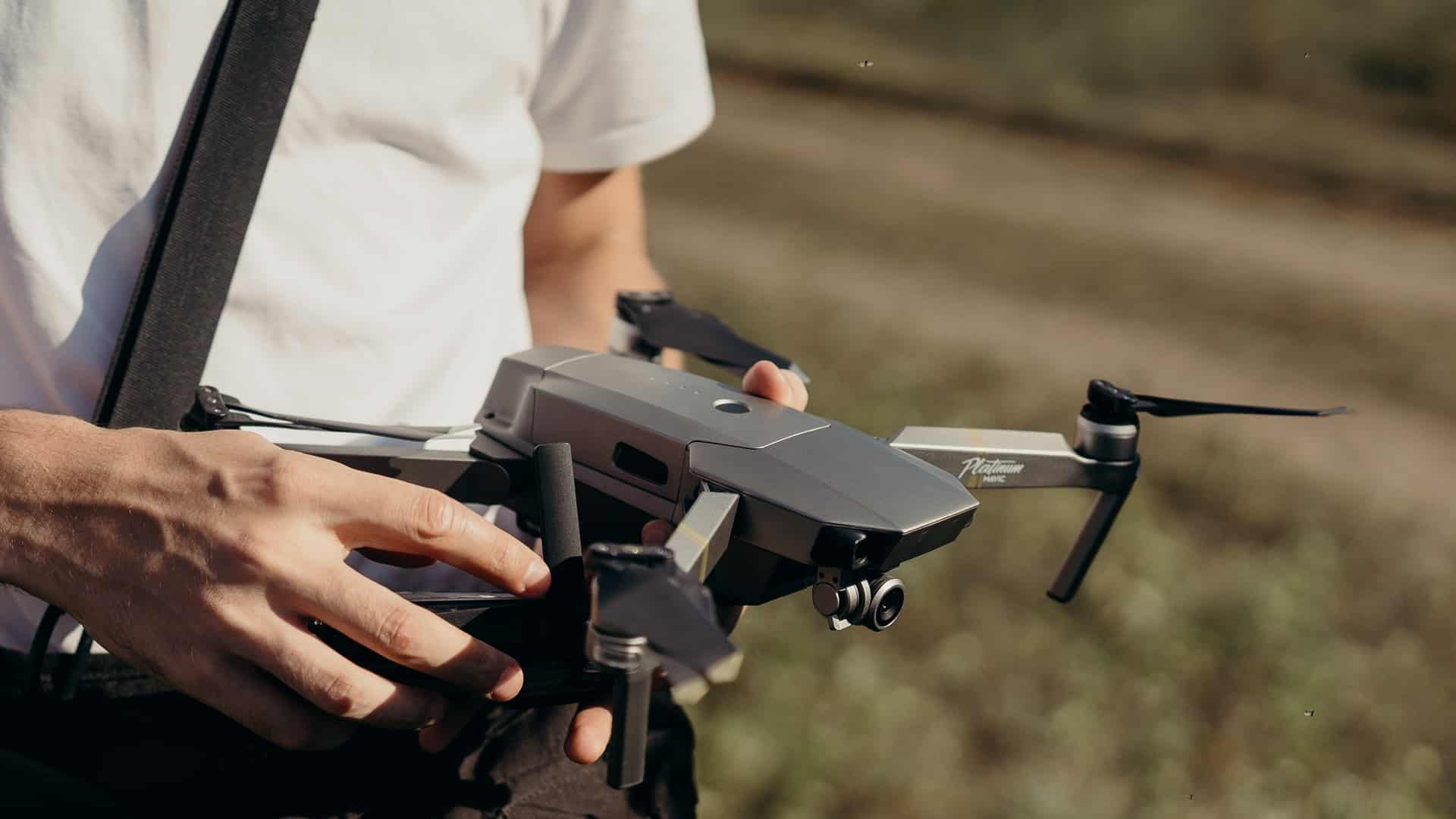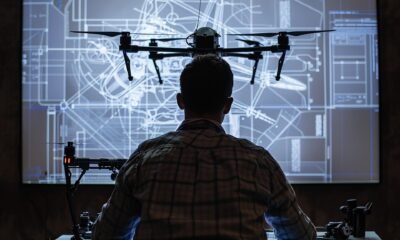Tech Plunge
Traffic management system for UAS in India as use of drones set to increase
With drones usage set to increase significantly, India has put in place a traffic management system for unmanned aerial systems (UAS). The Union Aviation Ministry has notified the national UAS traffic management policy framework.
The policy states that the number of UAS operating in the Indian airspace is poised to increase rapidly. India has started taking steps towards enabling advanced use cases like delivery of goods using unmanned aircraft and is also looking at human transportation using unmanned aircraft.
“Such use cases may require unmanned aircraft to fly alongside manned aircraft requires the creation of a separate, modern, primarily software-based, automated UAS traffic management (UTM) system. Such systems may subsequently be integrated into traditional air traffic management (ATM) systems,” the policy says.
Smit Shah, Drone Federation of India, Director, said traditional traffic management services provided by air traffic control for manned aircraft cannot be scaled for managing drone traffic which is expected to become at least 100 times higher since the traditional air traffic management is manual and requires human intervention. “This policy framework shall allow third-party service providers to deploy highly automated, algorithm-driven software services for managing drone traffic across the country.”
Shah highlighted that the vision to conduct an outcome-based, time bound UTM experiment as the key next step of the policy framework shall allow India to engage in a public-private partnership (PPP) for developing safety and separation standards for drones and allow drone operations to scale up quickly in the country.
Moreover, the policy defines the architecture and mechanism for UTM in very low level (VLL) airspace up to 1,000 feet above ground level. Through the policy, the government intends to allow identified stakeholders to seamlessly communicate with each other; assist in separating unmanned aircraft from other manned and unmanned aircraft and provide situation awareness of VLL airspace to concerned stakeholders.
Also Read: 27 Indian states and UTs vulnerable to extreme climate events
Furthermore, these positive developments have boosted the Indian drone industry. As such, the industry expects a mass adoption of drones across various sectors such as agriculture, infrastructure, transportation, emergency response, mining, geospatial mapping, law enforcement and defence.











































Pingback: WHO is seeking clarifications for global use of Covaxin.
Pingback: Meta, formerly Facebook, is developing a smartwatch.